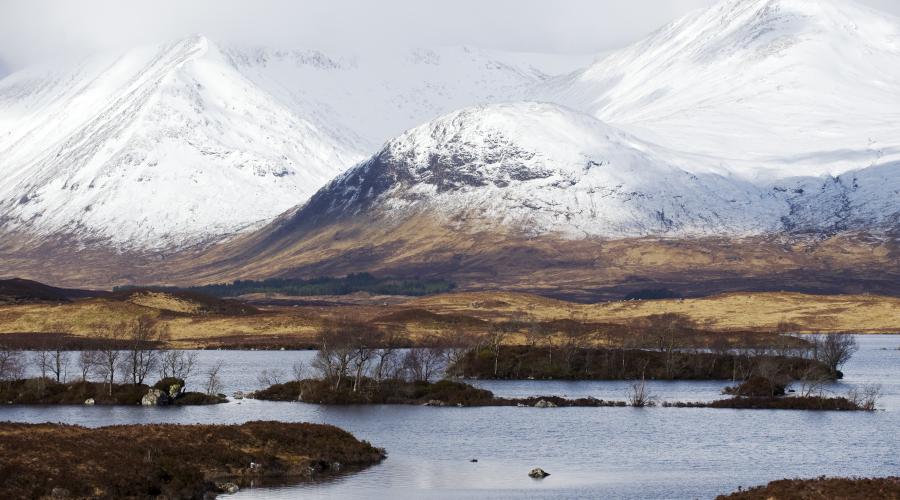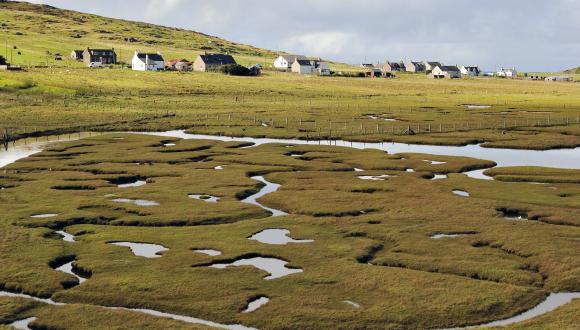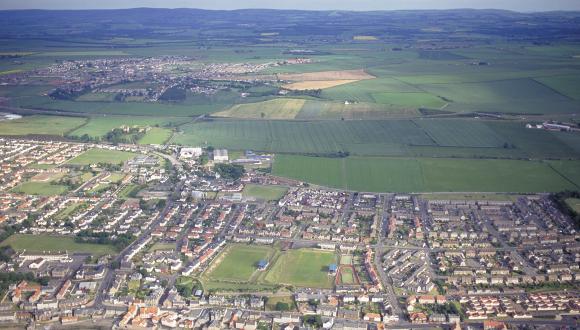
What is Landscape Character Assessment?
Find out how Landscape Character Assessment is carried out.
What is Landscape Character Assessment?
Landscape Character Assessment (LCA) is the process of identifying and describing variation in the character of the landscape. LCAs identify and explain the combination of elements and features that make landscapes distinct from one another by mapping and describing Landscape Character Types and Areas. The associated description of their distinctive characteristics shows how the landscape is perceived and experienced by people.
LCA analyses in detail the three main physical landscape components of:
- landform (e.g. hills, straths, glens) – such as, are hills rounded or angular?
- land cover (e.g. rivers, lochs, woodland, farmland) – such as, what is the dominant type and pattern of woodland?
- settlement (e.g. towns, villages, farmsteads) – such as, what is the pattern of settlement?
It then looks at how all these combine to form the landscapes we see and experience. Areas with similar patterns of components are mapped together as a particular Landscape Character Type. These can occur in more than one location, for example, “Rugged Massif” occurs in all different areas of Scotland, such as Inverness District and Skye & Lochalsh; and “Rocky Moorland” in Lochaber, Argyll and the Outer Hebrides.
LCA provides baseline information – including a shared written understanding of the key characteristics of a landscape – that can be used to guide landscape change. For example, such information may inform:
- development plans
- sensitivity studies
- decisions on development proposals
- land management plans
- forestry and woodland strategies
- agri-environment schemes
- landscape designations
LCA is also the baseline for, and informs the use of, many landscape tools and techniques, such as Landscape and Visual Impact Assessment (LVIA).
To find out more about the methodology, view the guidance we created in partnership with Natural England: Landscape Character Assessment: Guidance for England and Scotland. This, published in 2002, still applies in Scotland.
Linked to this guidance are various Landscape Character Assessment topic papers, available on the Natural England website.
Find out more
National LCA: Introduction and Review Methodology
Overview of Scotland’s National Programme of Landscape Character Assessment: NatureScot Commissioned Report No. 29
Landscape Character Vignettes: NatureScot Commissioned Report No. F99NB07





